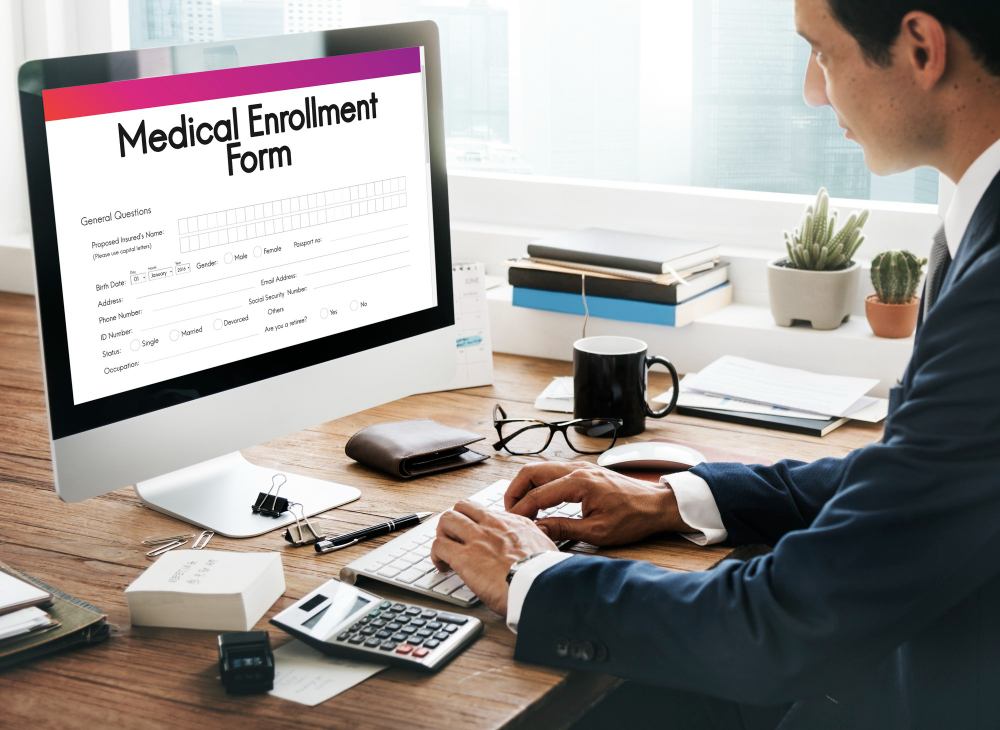The Ultimate Guide to Vendor Risk Assessment: Protecting Your Business in a Connected World
In today’s rapidly evolving business environment, the importance of conducting a thorough vendor risk assessment cannot be overstated. As companies increasingly rely on external vendors for a wide range of services and products, the potential risks associated with these partnerships have become more pronounced. From data breaches and compliance issues to operational disruptions and reputational damage, the consequences of failing to assess vendor risks adequately can be severe.
This definitive guide aims to demystify the vendor risk assessment process, providing practical strategies to identify, evaluate, and mitigate risks associated with your vendors. By following the advice laid out in this guide, you’ll be better equipped to protect your business against potential threats, ensuring long-term success in a connected world.
Understanding Vendor Risk Assessment
At its core, vendor risk assessment is about understanding and managing the risks that arise from your business’s relationships with its vendors. It’s a critical component of vendor management risk assessment, ensuring that the vendors you rely on do not expose your company to undue harm.
Begin by identifying all the vendors your business works with, categorizing them based on their services or products and the extent of their integration into your operations. Next, evaluate the potential risks each vendor poses. These can range from financial instability and poor service quality to cybersecurity threats and compliance violations.
The Steps of Vendor Risk Assessment
1. Categorizing Vendors
Not all vendors pose the same level of risk to your organization. Start by categorizing your vendors based on their importance to your business operations. High-impact vendors that provide critical services or hold sensitive information should be subjected to more in-depth assessments.
2. Identifying Risks
Once vendors are categorized, the next step in vendor management risk assessment is identifying the specific risks associated with each vendor. Consider factors like financial stability, cybersecurity measures, and compliance with relevant regulations.
3. Evaluating Risks
After identifying potential risks, evaluate their likelihood and potential impact on your business. This evaluation will help prioritize the risks that need immediate attention.
4. Mitigating Risks
With risks prioritized, develop strategies to mitigate them. This might involve strengthening contract terms, enhancing monitoring and reporting requirements, or diversifying your vendor portfolio to reduce dependency on a single supplier.
5. Monitoring and Review
Vendor risk assessment is not a one-time activity. Regularly monitor your vendors’ performance and compliance with agreed-upon standards and regulations. This ongoing process helps catch new risks as they emerge.
Best Practices for Effective Vendor Risk Management
- Due Diligence: Conduct thorough due diligence before entering into agreements with new vendors. This includes checking references, reviewing financial statements, and assessing their cybersecurity practices.
- Clear Contracts: Ensure that contracts with vendors clearly outline expectations regarding service levels, data protection, and compliance with regulations.
- Continuous Monitoring: Implement continuous monitoring practices to keep tabs on vendor performance and compliance. This proactive approach helps identify and address issues before they escalate.
- Communication and Collaboration: Maintain open lines of communication with your vendors. Collaborating on risk management can lead to better outcomes for both parties.
- Training and Awareness: Train your staff on the importance of vendor risk management and the role they play in identifying and mitigating risks.
Technology’s Role in Vendor Risk Assessment
Leveraging technology can significantly enhance the efficiency and effectiveness of your vendor risk assessment process. From automated risk assessment tools to AI-driven analytics, technology can help you identify and evaluate vendor risks more quickly and accurately. Moreover, it enables real-time monitoring and reporting, facilitating a more agile response to potential threats.
Navigating Challenges in Vendor Risk Assessment
Despite its importance, vendor risk assessment comes with its set of challenges. These include the complexity of managing multiple vendors, the dynamic nature of risk, and the difficulty of obtaining accurate and up-to-date information on vendor practices. Overcoming these challenges requires a combination of strategic planning, effective communication, and the judicious use of technology.
Conclusion
In conclusion, conducting a vendor risk assessment is crucial for protecting your business in today’s interconnected world. By understanding the risks associated with your vendors and implementing strategies to manage these risks, you can safeguard your company against potential threats. Remember, vendor risk assessment is an ongoing process that requires constant vigilance, collaboration, and adaptation.
Embrace the practices outlined in this guide, and you’ll be well on your way to building a resilient, risk-aware organization. Through diligent vendor management risk assessment, your business can thrive in the face of challenges, securing its place in the competitive global market. Let this guide be your roadmap to a safer, more secure business ecosystem.
Read More:
Guide to Vendor Risk Assessment
Get in touch with us
Related Posts

Securing Patient Data: A HIPAA Guide

Why Every Business Needs Regular Cybersecurity Assessments for Effective Continuity
About Us
